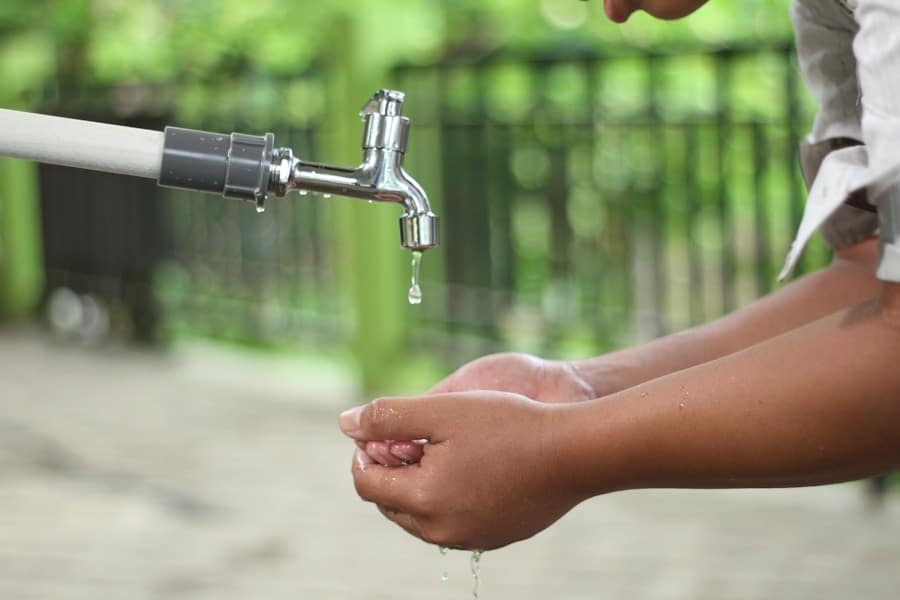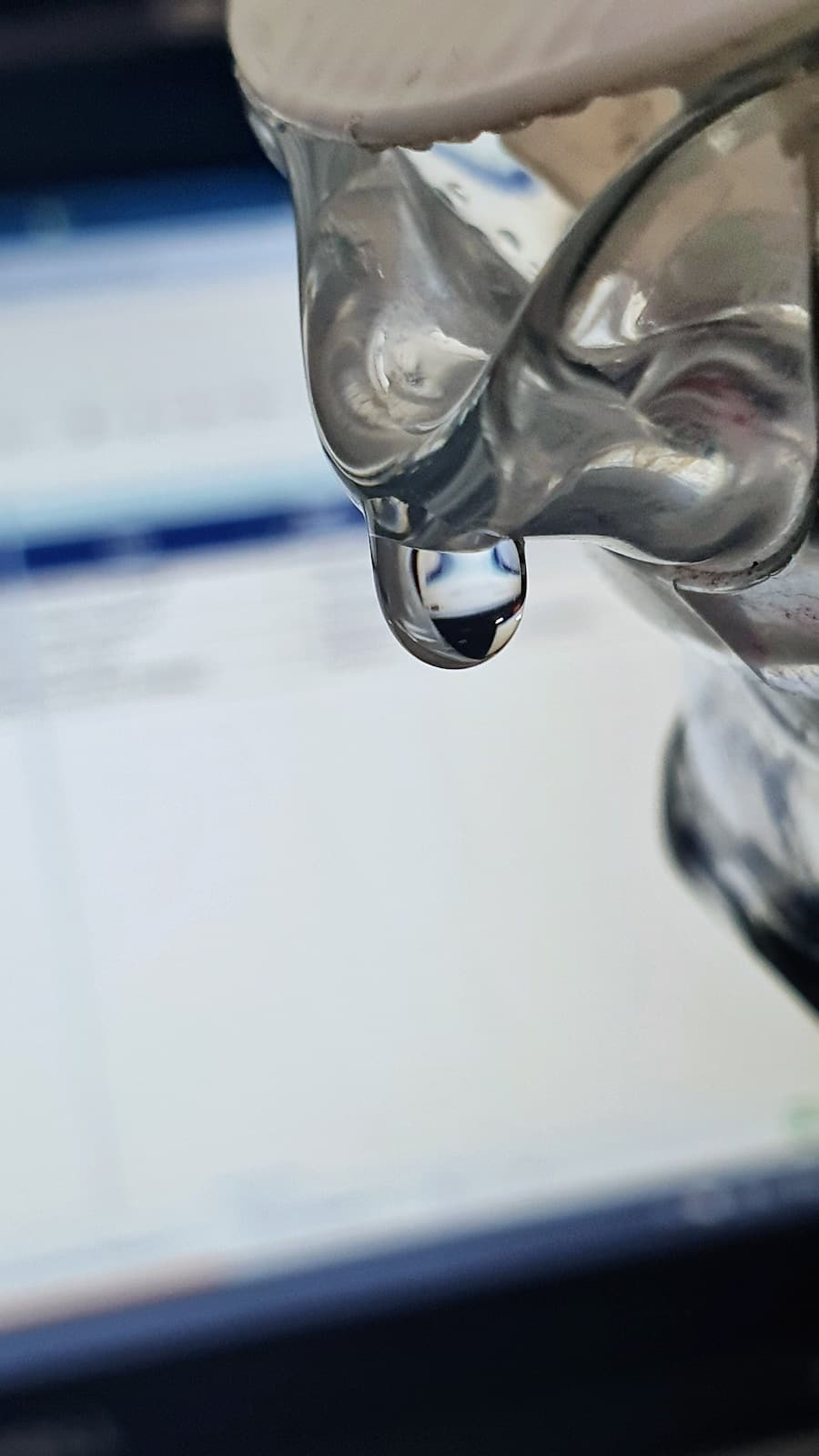Smart water distribution systems represent a transformative approach to managing one of the most vital resources on the planet: water. These systems leverage advanced technologies, including artificial intelligence (AI), the Internet of Things (IoT), and data analytics, to enhance the efficiency, reliability, and sustainability of water supply networks. As urban populations grow and climate change exacerbates water scarcity, the need for innovative solutions in water management has never been more pressing.
Smart water distribution systems aim to address these challenges by providing real-time monitoring, automated control, and data-driven decision-making capabilities. The integration of smart technologies into water distribution networks allows for a more proactive approach to managing water resources. Traditional systems often rely on outdated infrastructure and manual processes, which can lead to inefficiencies, waste, and service disruptions.
In contrast, smart systems utilize sensors and data analytics to monitor water quality, flow rates, and system performance continuously. This real-time data enables utilities to respond swiftly to issues, optimize operations, and ultimately deliver better service to consumers. As cities around the world increasingly adopt smart technologies, the evolution of water distribution systems is poised to play a crucial role in ensuring sustainable water management for future generations.
Key Takeaways
- Smart water distribution systems use advanced technology to monitor and manage water supply and distribution.
- Current challenges in water distribution include aging infrastructure, water loss, and inefficient maintenance practices.
- AI can improve water distribution efficiency by analyzing data, predicting demand, and optimizing system performance.
- AI plays a crucial role in predictive maintenance by identifying potential issues and scheduling proactive repairs.
- AI can significantly impact leak detection and reduction by analyzing data patterns and identifying potential leaks early on.
The Current Challenges in Water Distribution
Aging Infrastructure: A Significant Obstacle
One of the most significant issues is the aging infrastructure. Many cities are grappling with pipelines that are decades old, leading to frequent leaks and breaks. According to the American Society of Civil Engineers, approximately 240,000 water main breaks occur each year in the United States alone, resulting in substantial water loss and costly repairs. This aging infrastructure not only contributes to inefficiencies but also poses risks to public health as contaminants can enter the water supply through compromised pipes.
Increasing Demand and Limited Resources
Another challenge is the increasing demand for water due to population growth and urbanization. As cities expand, the pressure on existing water distribution systems intensifies. Utilities must find ways to meet this growing demand while managing limited resources.
Climate Change Complications
Climate change introduces further complications, such as altered precipitation patterns and extreme weather events that can disrupt water supply. These challenges necessitate innovative solutions that can enhance the resilience and adaptability of water distribution systems.
How AI Can Improve Water Distribution Efficiency

Artificial intelligence has emerged as a powerful tool for improving the efficiency of water distribution systems. By harnessing vast amounts of data generated by sensors and other monitoring devices, AI algorithms can analyze patterns and trends that human operators might overlook. For instance, machine learning models can predict peak demand periods based on historical usage data, allowing utilities to optimize their operations accordingly.
This predictive capability enables better resource allocation and reduces the risk of overloading the system during high-demand times. Moreover, AI can facilitate real-time decision-making by providing operators with actionable insights derived from data analysis. For example, AI-driven dashboards can visualize system performance metrics, alerting operators to anomalies that may indicate potential issues such as leaks or equipment failures.
The integration of AI into water distribution systems not only enhances operational efficiency but also contributes to more sustainable water management practices.
The Role of AI in Predictive Maintenance
Predictive maintenance is a critical aspect of modern water distribution management, and AI plays a pivotal role in its implementation. Traditional maintenance practices often rely on scheduled inspections or reactive responses to equipment failures, which can be both costly and inefficient. In contrast, AI-driven predictive maintenance leverages data from sensors embedded in pumps, valves, and other critical infrastructure components to assess their condition continuously.
By analyzing historical performance data alongside real-time monitoring information, AI algorithms can identify patterns that indicate when equipment is likely to fail or require maintenance. For example, if a pump exhibits unusual vibration patterns or temperature fluctuations, AI can flag these anomalies for further investigation before they lead to a breakdown. This proactive approach not only extends the lifespan of equipment but also reduces maintenance costs by minimizing unplanned outages and emergency repairs.
AI’s Impact on Leak Detection and Reduction
Leak detection is one of the most pressing challenges in water distribution systems, as leaks can lead to significant water loss and increased operational costs. Traditional methods of leak detection often involve manual inspections or acoustic monitoring techniques that may not be effective in identifying all leaks promptly. However, AI has revolutionized this aspect of water management by enabling more accurate and timely leak detection.
AI algorithms can analyze data from various sources, including pressure sensors, flow meters, and historical usage patterns, to identify discrepancies that may indicate leaks. For instance, if a sudden drop in pressure is detected in a specific section of the network while overall demand remains constant, AI can flag this as a potential leak site for further investigation. Additionally, machine learning models can continuously improve their accuracy over time by learning from past leak incidents and refining their detection algorithms.
The implementation of AI-driven leak detection systems not only helps utilities conserve precious water resources but also reduces the financial burden associated with lost revenue and repair costs. By addressing leaks promptly and efficiently, utilities can enhance their overall operational performance while contributing to more sustainable water management practices.
The Use of AI in Demand Forecasting and Optimization

Accurate demand forecasting is essential for effective water distribution management, as it allows utilities to anticipate usage patterns and allocate resources accordingly. AI has emerged as a game-changer in this area by providing advanced analytical capabilities that enhance forecasting accuracy. By analyzing historical consumption data alongside external factors such as weather patterns and population trends, AI algorithms can generate precise demand forecasts that inform operational decisions.
For example, machine learning models can identify correlations between temperature fluctuations and increased water usage during hot summer months. By incorporating these insights into their forecasting models, utilities can better prepare for peak demand periods and ensure that sufficient resources are available to meet customer needs. This optimization not only improves service reliability but also helps utilities manage their supply more sustainably.
Furthermore, AI-driven optimization tools can assist utilities in developing strategies for demand-side management. By analyzing consumer behavior and preferences, utilities can implement targeted programs that encourage conservation during peak periods or incentivize off-peak usage. These initiatives not only help balance demand but also promote responsible water consumption among customers.
The Integration of AI with IoT in Water Distribution Systems
The integration of AI with IoT technologies has created a powerful synergy that enhances the capabilities of smart water distribution systems. IoT devices such as sensors and smart meters collect vast amounts of data related to water quality, flow rates, pressure levels, and system performance. When combined with AI analytics, this data becomes a valuable resource for optimizing operations and improving decision-making processes.
AI algorithms can then process this information to identify trends or anomalies that require attention. This seamless integration allows utilities to respond quickly to emerging issues while maintaining an accurate understanding of system performance.
Moreover, IoT devices facilitate remote monitoring and control capabilities that enhance operational efficiency. Utilities can access real-time data from anywhere, enabling them to make informed decisions without being physically present at the site. This flexibility is particularly beneficial during emergencies or when rapid responses are required.
The Future of AI in Smart Water Distribution Systems
As technology continues to evolve, the future of AI in smart water distribution systems looks promising. Ongoing advancements in machine learning algorithms will likely lead to even greater accuracy in predictive analytics and decision-making processes. For instance, future AI models may incorporate more complex variables such as socio-economic factors or environmental changes into their analyses, providing utilities with deeper insights into demand patterns and system performance.
Additionally, the growing emphasis on sustainability will drive further innovation in smart water management practices. As cities strive to reduce their environmental impact and conserve resources, AI will play a crucial role in developing strategies for efficient water use and conservation initiatives. The ability to analyze vast datasets will enable utilities to identify opportunities for improvement across their operations while minimizing waste.
Furthermore, as public awareness of water scarcity issues increases, consumers will likely demand greater transparency regarding their water usage and conservation efforts. AI-driven platforms that provide real-time insights into individual consumption patterns could empower customers to make informed decisions about their water use while fostering a culture of conservation within communities. In conclusion, the integration of AI into smart water distribution systems represents a significant leap forward in addressing the challenges faced by traditional water management practices.
By harnessing advanced technologies such as IoT and machine learning, utilities can enhance operational efficiency, improve service reliability, and promote sustainable resource management for future generations. As these technologies continue to evolve, they will undoubtedly shape the future landscape of water distribution systems worldwide.
In a related article,

